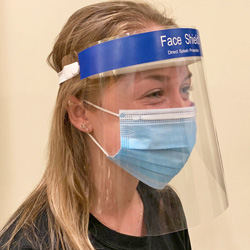> This is rare. Instead, most of what you read should just be looked at for three basic facts: an accident occurred, when, and where
A related story of possible general interest:
I taught a HAZWOPER course to undergraduates for 10 years and the final exercise is a hands on event. One of the roles we assigned for the event was a reporter to ask the public's
questions and then write a press release describing the event in lay terms, accurately.
One year, I chose a student at random for this role and she said "That's neat - my father's a reporter." I said "Good, so you know how to handle this situation.". And she said
"Yes, the most important thing is not to panic the public".
That took me aback a bit, as I thought that writing an accurate story might come first, but after about 2 years of watching the google headlines, I agree with her interpretation
of the paper's priorities. The primary role of many stories is to help people avoid traffic problems resulting from a hazmat event. Which is actuallya pretty worthy goal during an event, both for the public and the people managing the scene…
- Ralph
Ralph Stuart CIH
Laboratory Ventilation Specialist
Department of Environmental Health and Safety
Cornell University
rstuart**At_Symbol_Here**cornell.edu
